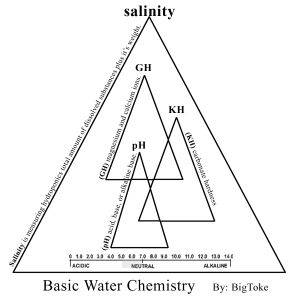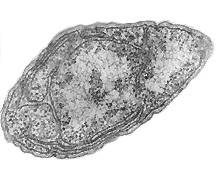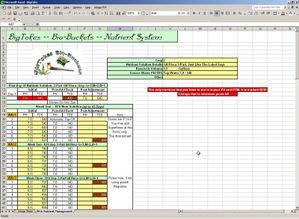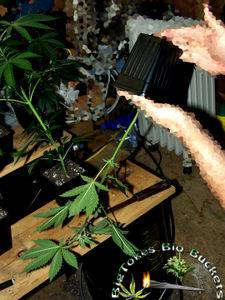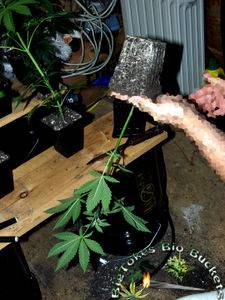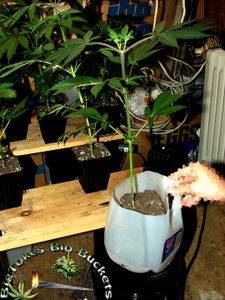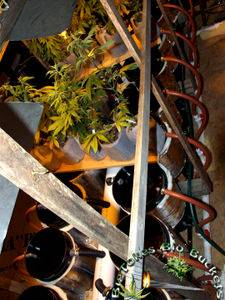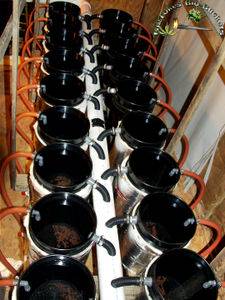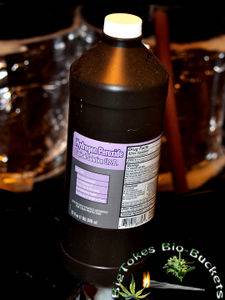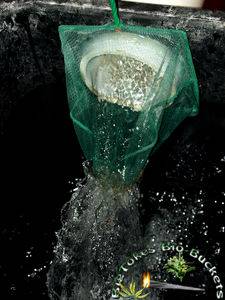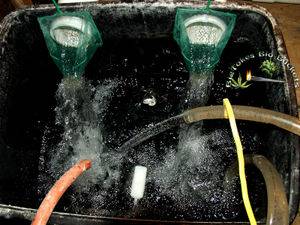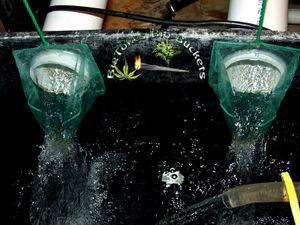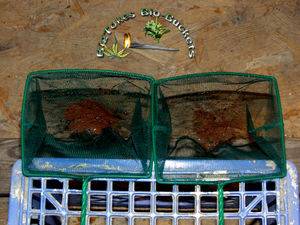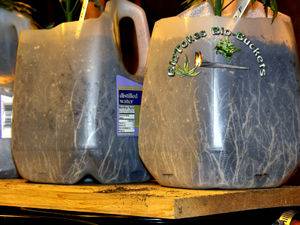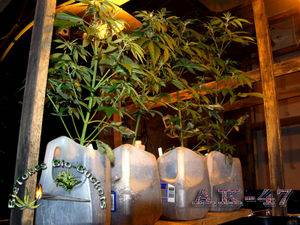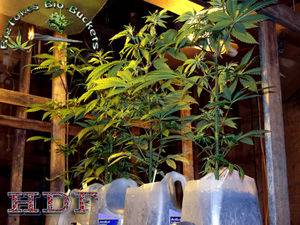Bucket Boy
Member
Big (Teacher) Sorry Meant Toke!!!
Big (Teacher) Sorry Meant Toke!!!

 VEG AND MOMS Dont recall...
VEG AND MOMS Dont recall... 

I don't recall reading through your Bio Bucket (Basically one hell of a book thread) If you have plans to crank it up and go that route or are you content with harvesting and then restarting all over? Let me know and sorry if I missed it. If I did Ill take me lashes.
Big (Teacher) Sorry Meant Toke!!!

 VEG AND MOMS Dont recall...
VEG AND MOMS Dont recall... 

I don't recall reading through your Bio Bucket (Basically one hell of a book thread) If you have plans to crank it up and go that route or are you content with harvesting and then restarting all over? Let me know and sorry if I missed it. If I did Ill take me lashes.



 I'll be watchin this grow Bucket Boy! Good Luck and Good Health to ya!
I'll be watchin this grow Bucket Boy! Good Luck and Good Health to ya!


